Community articles — Reports
Write up experiments and research with LaTeX templates for project and lab reports—including layout guidelines to help guide you through the writing process.
Recent
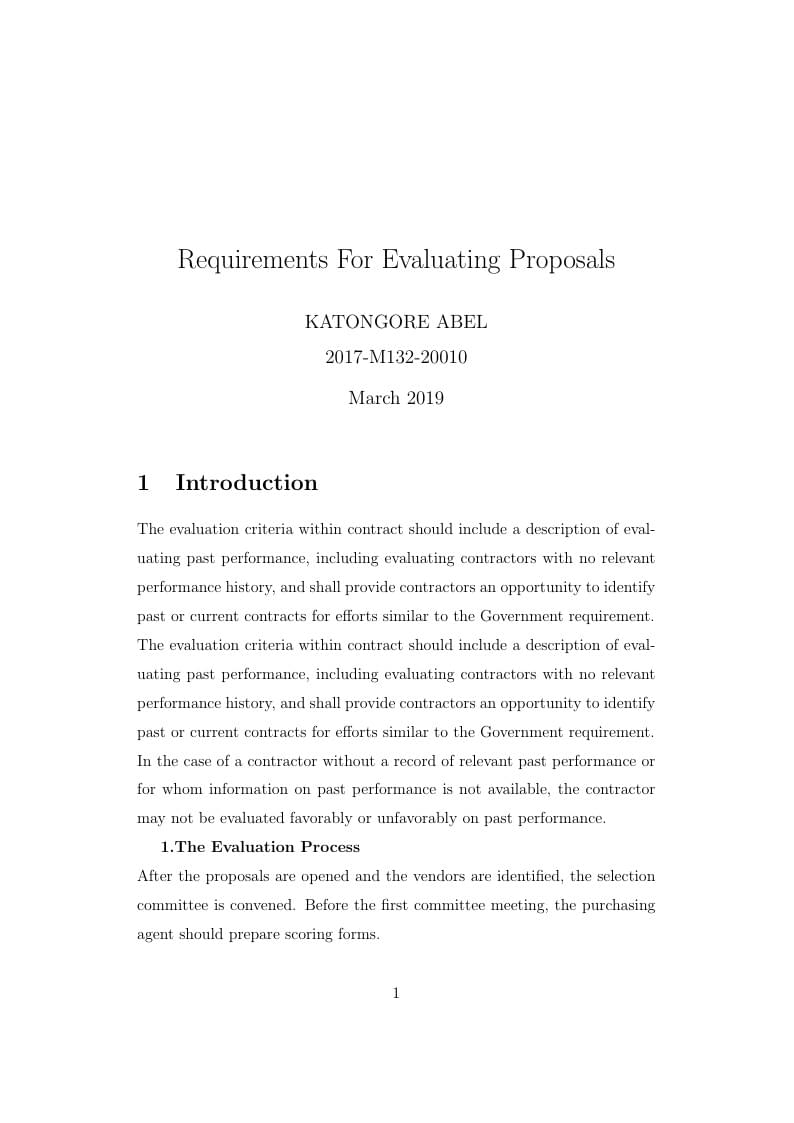
Student of Master of Science in Information Systems at Uganda Martyrs University
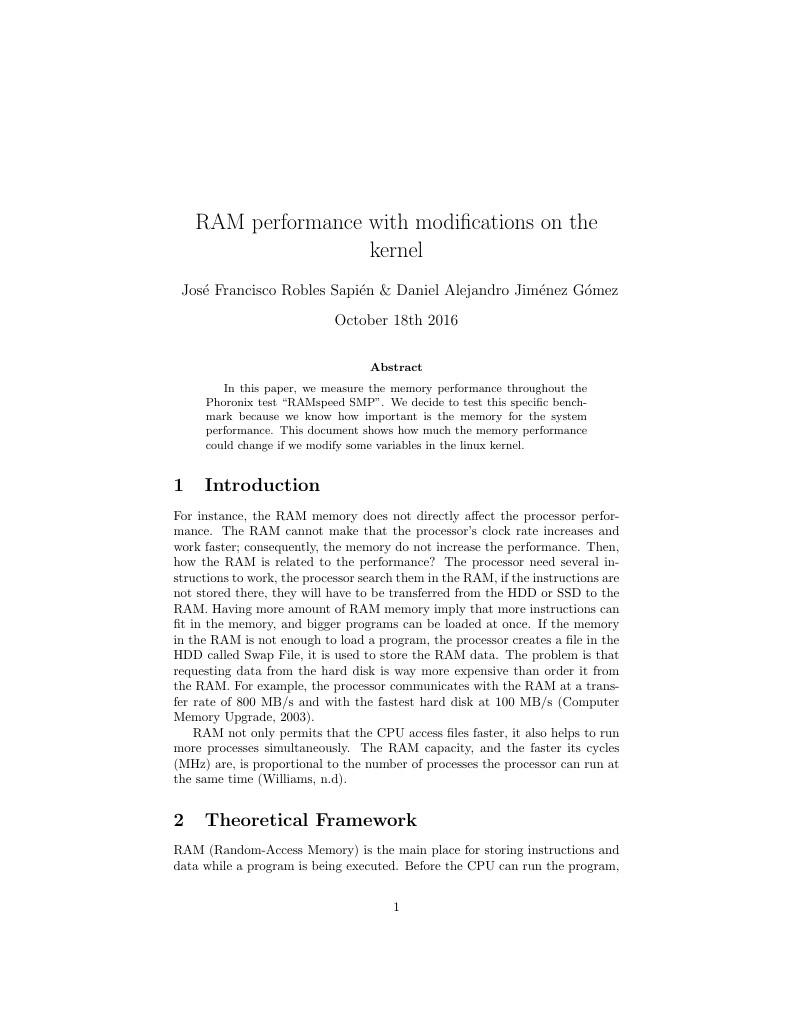
In this paper, we measure the memory performance throughout the Phoronix test "RAMspeed SMP". We decide to test this specific benchmark because we know how important is the memory for the system performance. This document shows how much the memory performance could change if we modify some variables in the linux kernel.
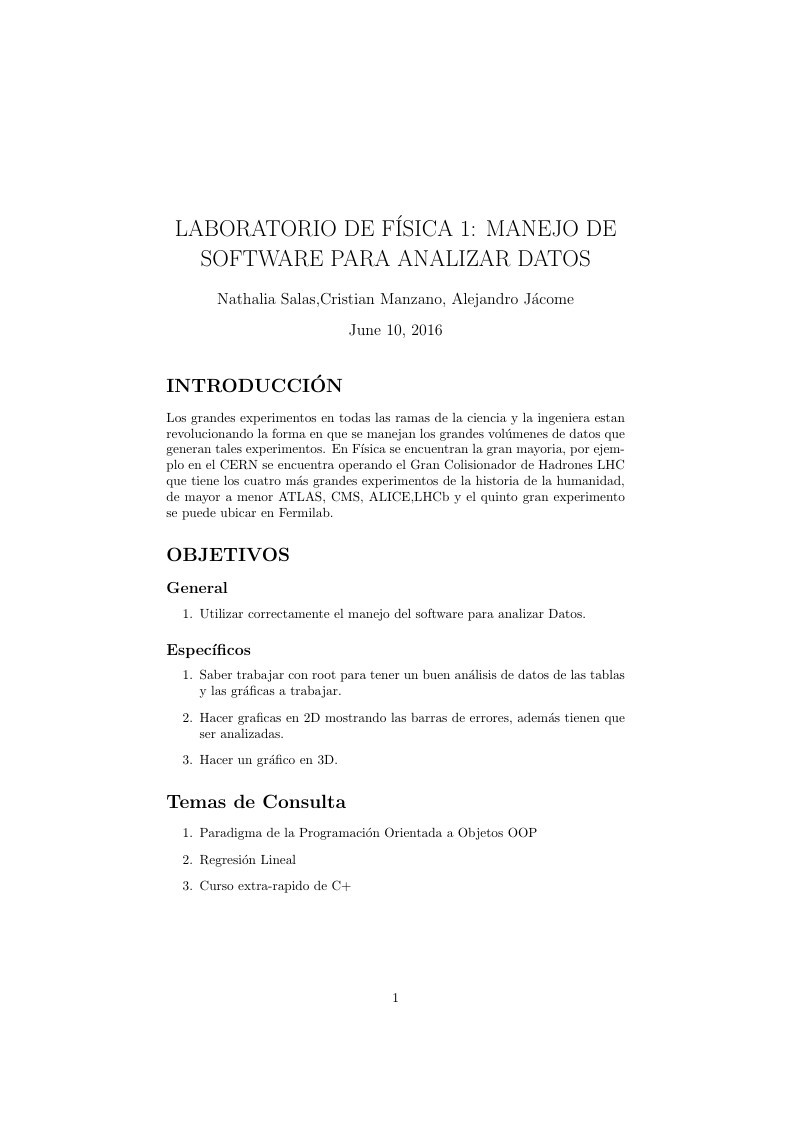
Very important Lab
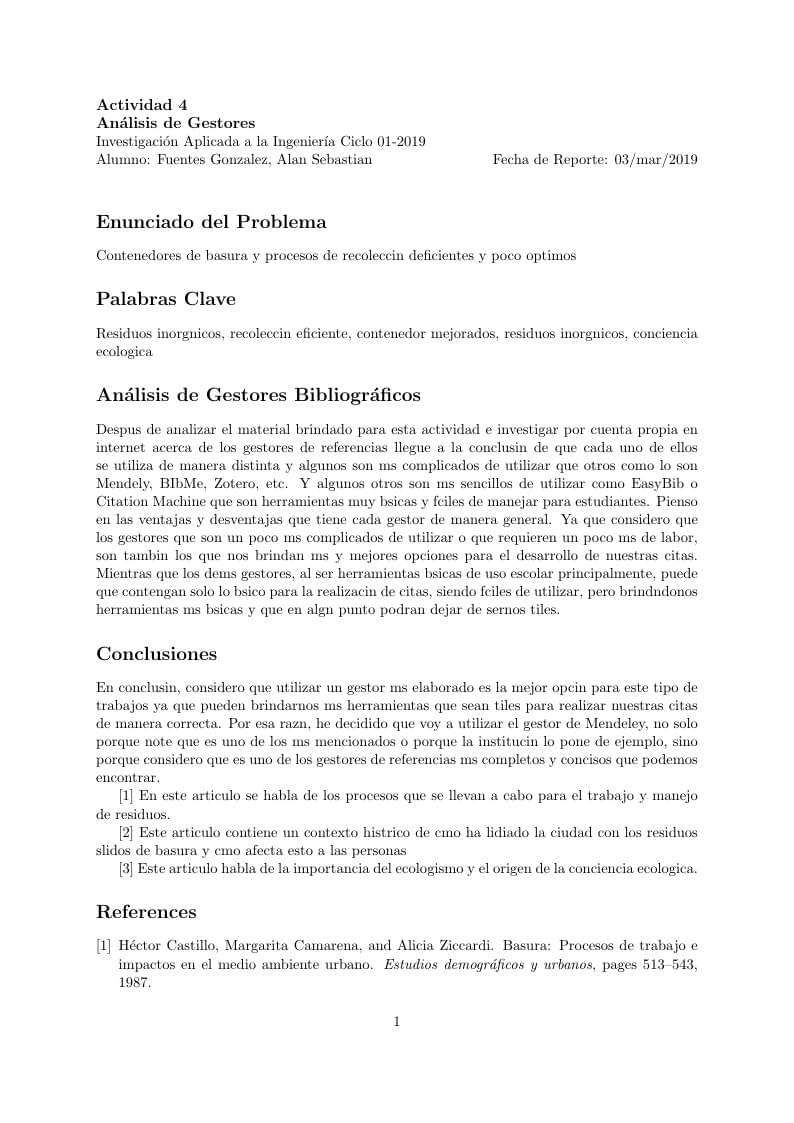
Investigación Aplicada a la Ingenieria
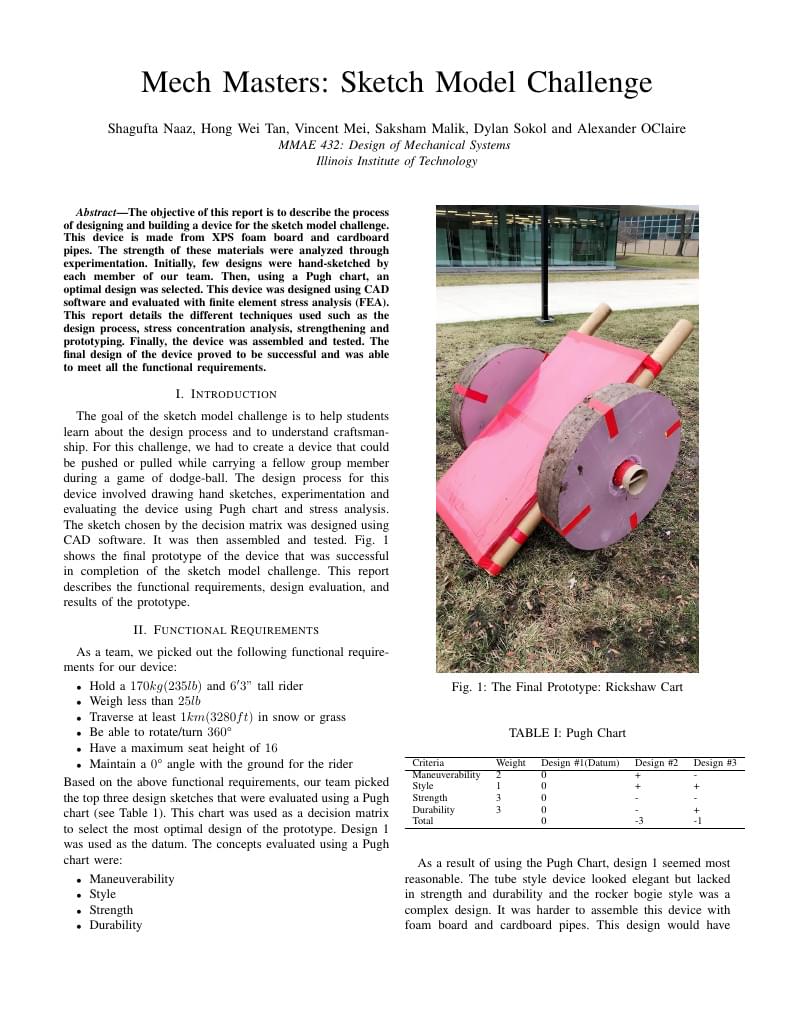
Design process of capstone senior "Sketch Model Challenge" project.
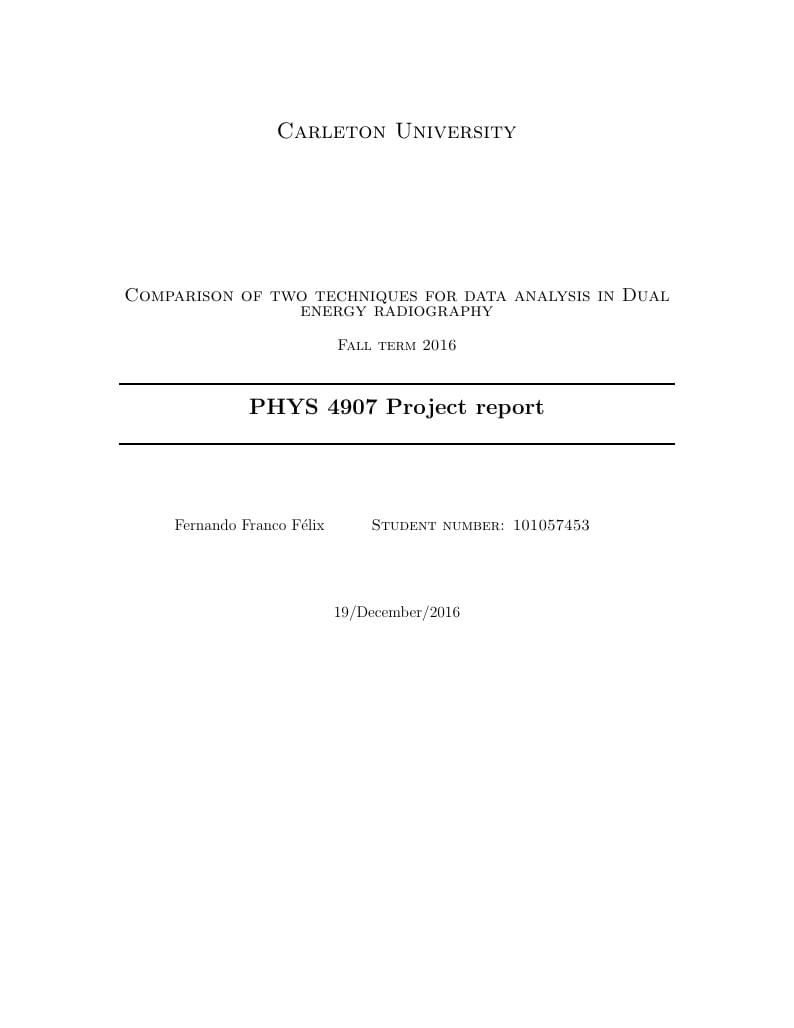
A dual energy radiography method using basis decomposition was developed, the process to do it is shown and it is compared against an alternate more direct method of analyzing the data using the logarithm of the original data, concluding that this second method does work but it is not better than basis decomposition.
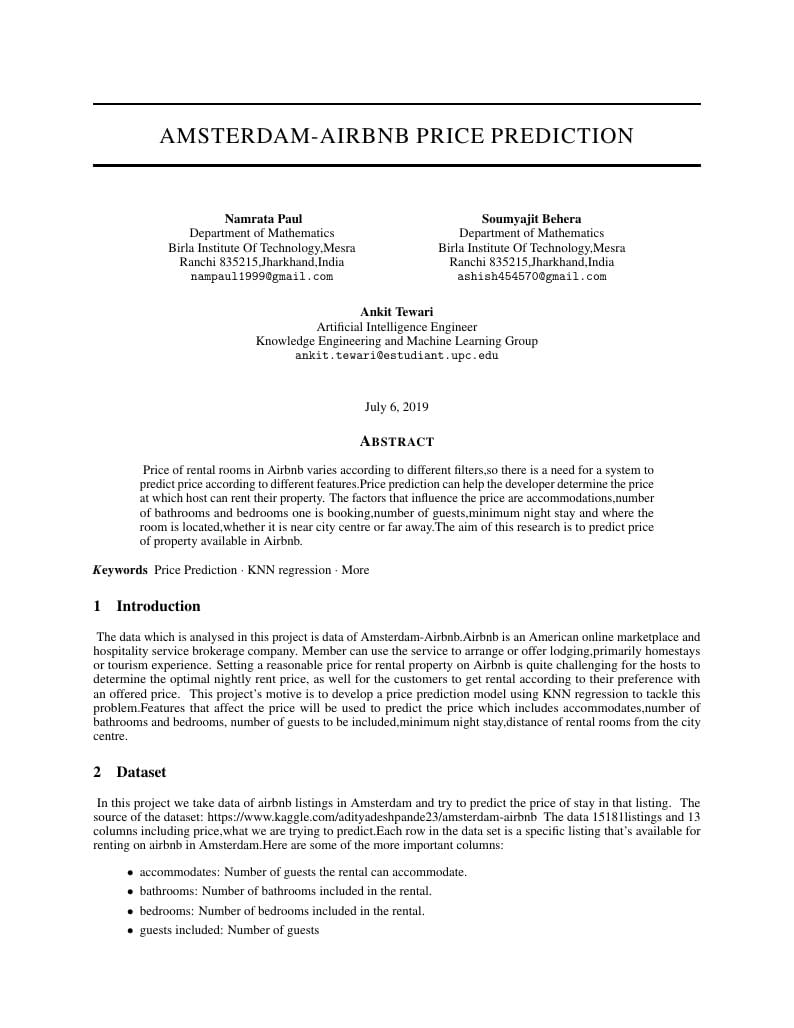
This project is about prediction of pricing of rentals in Amsterdam airbnb using KNN regression.
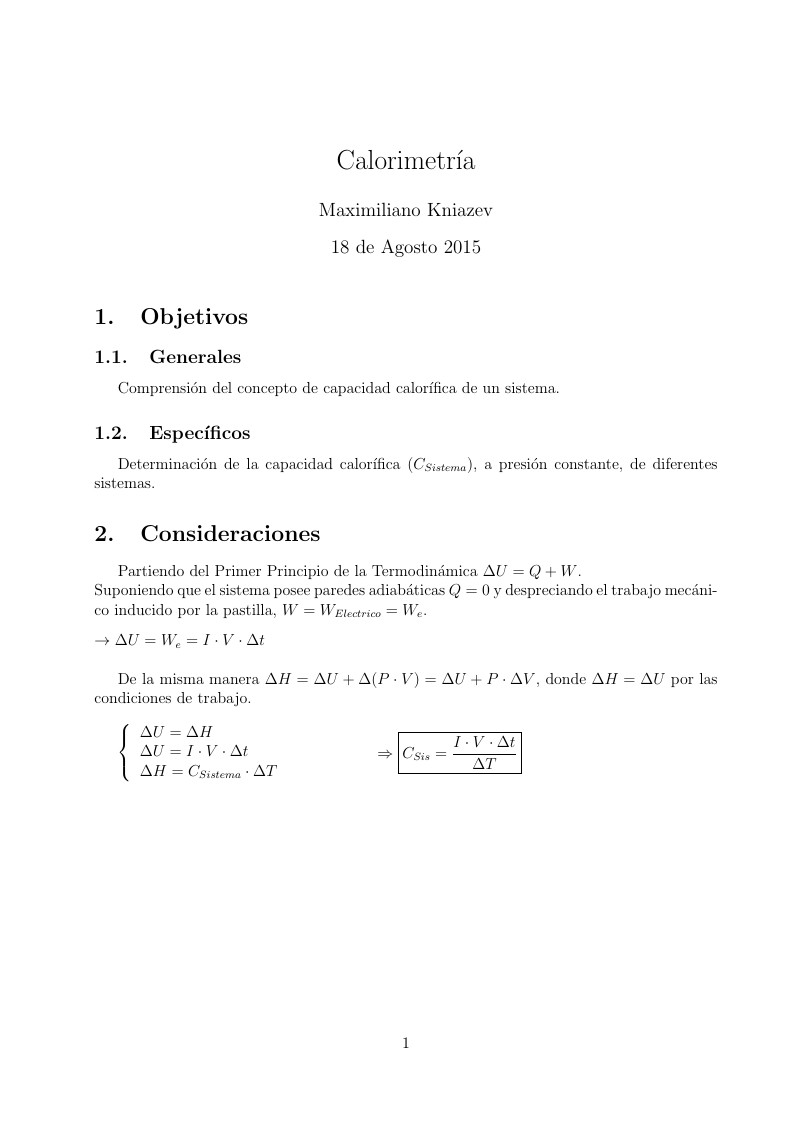
Informe de laboratorio de Fisicoquímica 101. Calorimetría.
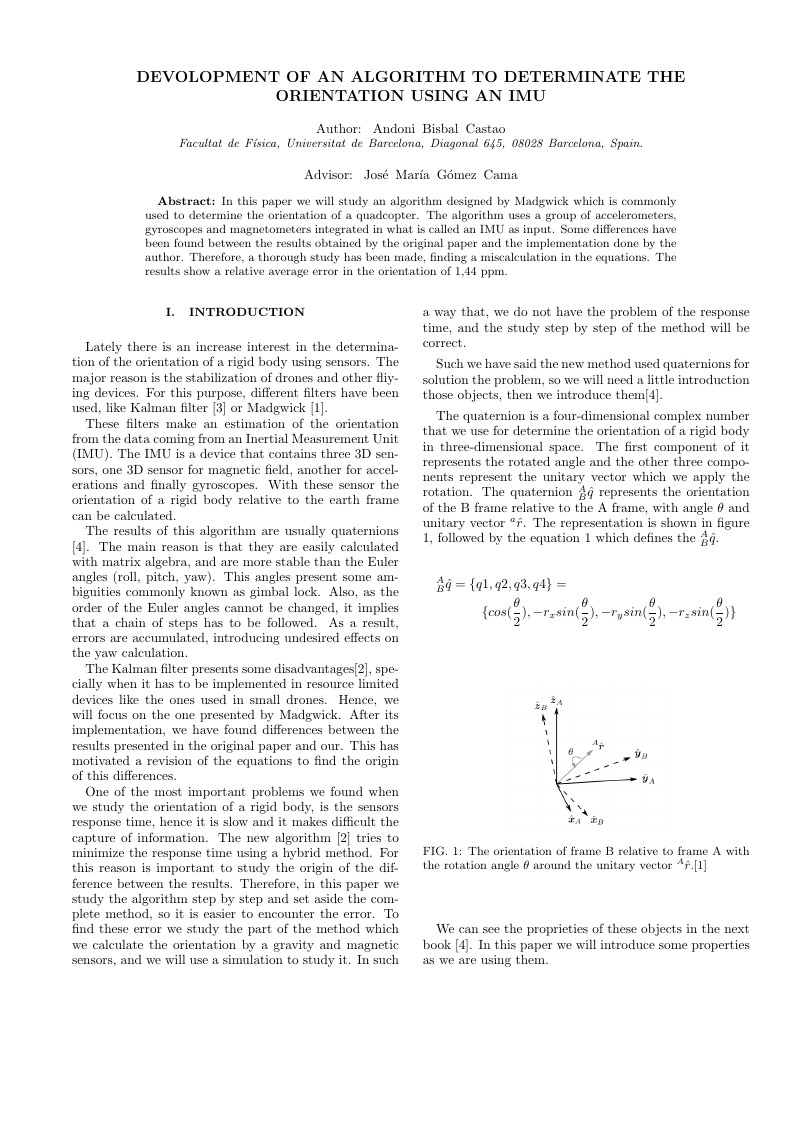
In this paper we will study an algorithm designed by Madgwick which is commonly used to determine the orientation of a quadcopter. The algorithm uses a group of accelerometers, gyroscopes and magnetometers integrated in what is called an IMU as input. Some differences have been found between the results obtained by the original paper and the implementation done by the author. Therefore, a thorough study has been made, finding a miscalculation in the equations. The results show a relative average error in the orientation of 1,44 ppm.
\begin
Discover why over 20 million people worldwide trust Overleaf with their work.